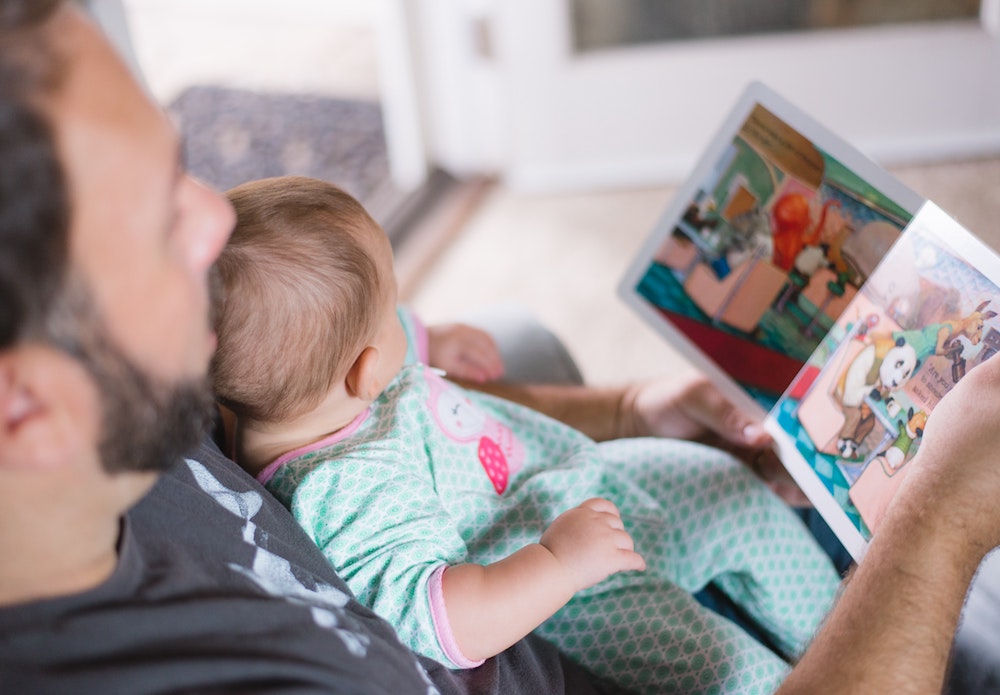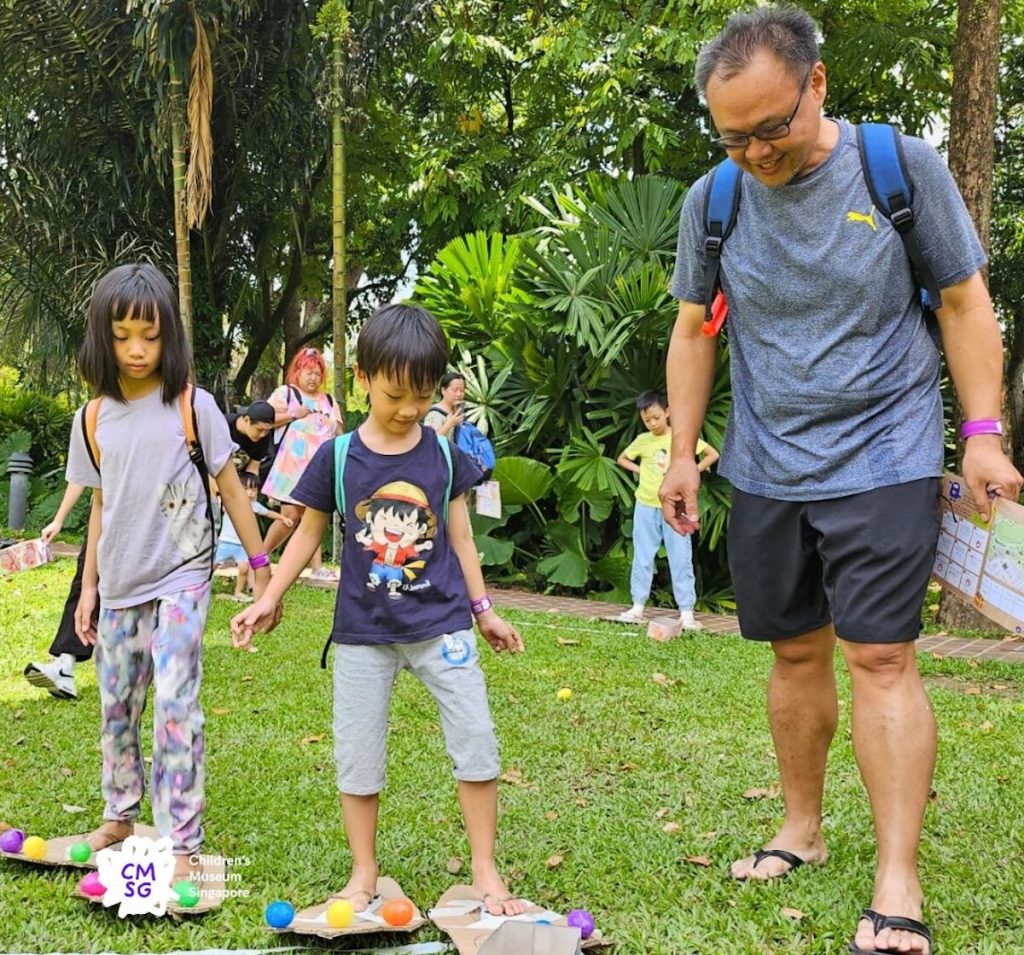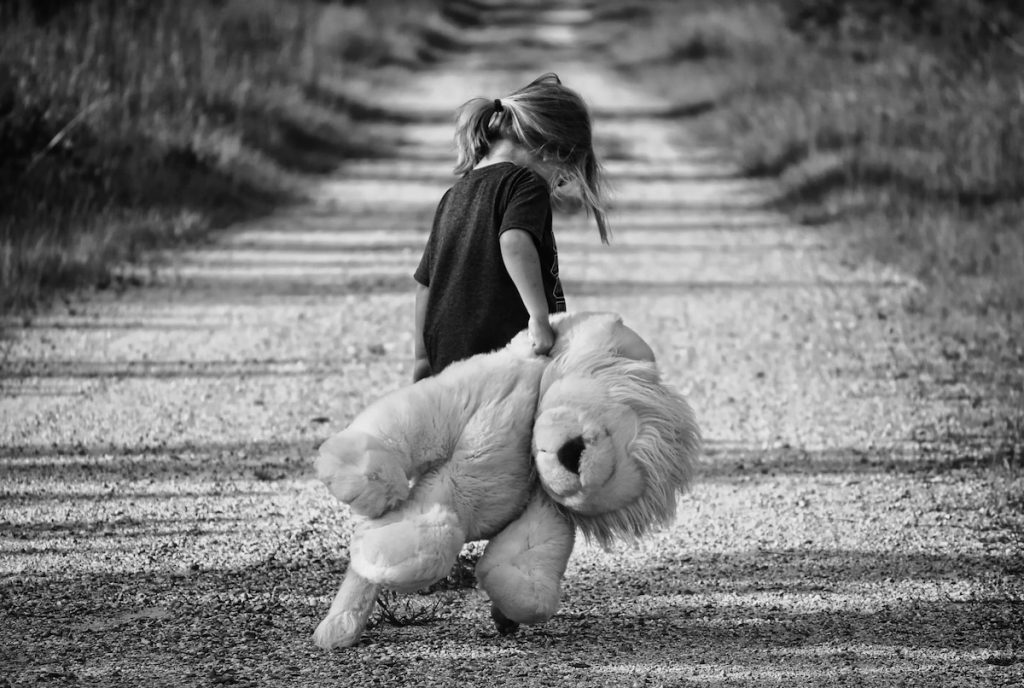As your newborn grows, he/she will unlock plenty of major developmental milestones, such as in their movements, developing their cognitive abilities, hearing and vision.
An infant, from birth to two years of age, will have tons of major achievements, from movement, to cognitive to developing their speech. Each baby’s growth should be based on his/her due date rather than his/her birthday, so if your baby was born a month ahead of his/her due date, these developmental milestones may be achieved one month later. Within the first year of life, your baby will double his/her weight by about five to six months, and by his/her first birthday, he/she should have tripled her birth weight.
First Month Developmental Milestones
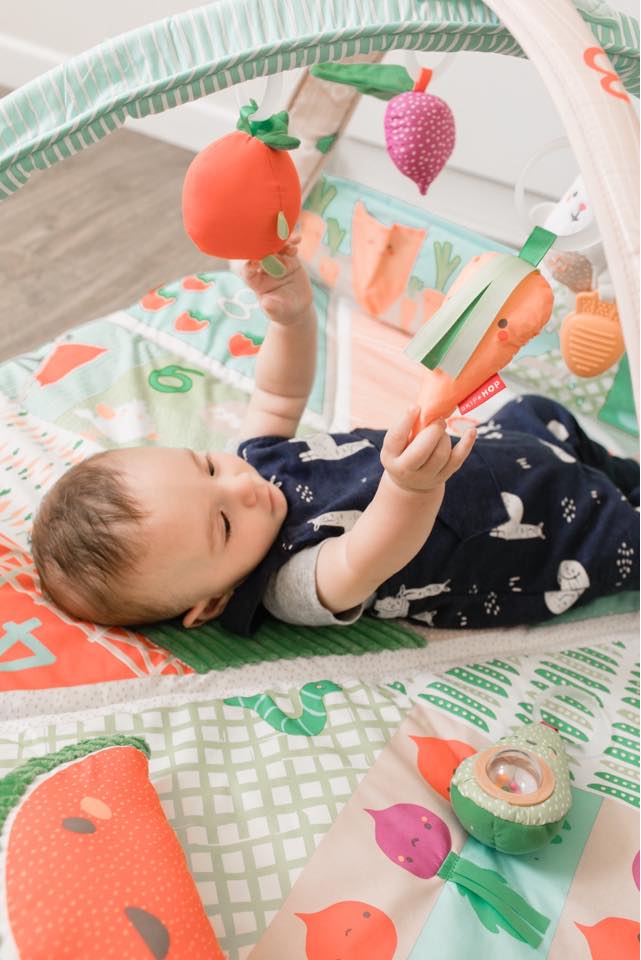
After their first month, most babies should be able to make arm movements, which may be shaky and jerky. Next, they can bring their hands near their faces, as well as ball their hands in tight fists.
In terms of vision, they can focus on objects about 8 to 12 inches (or 20 to 30cm). Aside from preferring human faces over other shapes, they also prefer black and white or high contrast patterns. As for their hearing, they can hear well and recognise some sounds like their parents’ voices.
Help with your baby’s neck, head, core and visual development by encouraging him/her to do tummy time, as well as holding a soft toy in front of him/her. Tummy time, which can start from day one onwards for just a few minutes at a time, helps develop your baby’s muscles and improve his/her motor skills. In particular, this strengthens their neck, back, trunk and shoulder muscles. Additionally, it’s recommended to do tummy time two three times each day, and work up to about an hour of total tummy time by three months.
Learning Aids
Keep your little ones entertained with a play gym, such as the Skip Hop Farmstand Grow & Play ($152.10), Camping Cubs ($161.10), and the Treetop Friends Baby ($134.10) Activity Gyms . Each of these have toys, like a light-up firefly, musical racoon, watermelon wedge pillow and hanging toys. Otherwise, a more minimalist option might be to get the Skip Hop Doubleplay Reversible Playmat ($179.10), with two themes – the zoo, and village. This baby-safe, foam floor covering is great for babies and tummy time, and the reverse side is a modern print. During tummy time, you can also entertain your little one with rattles or read to them.
Third Month Developmental Milestones
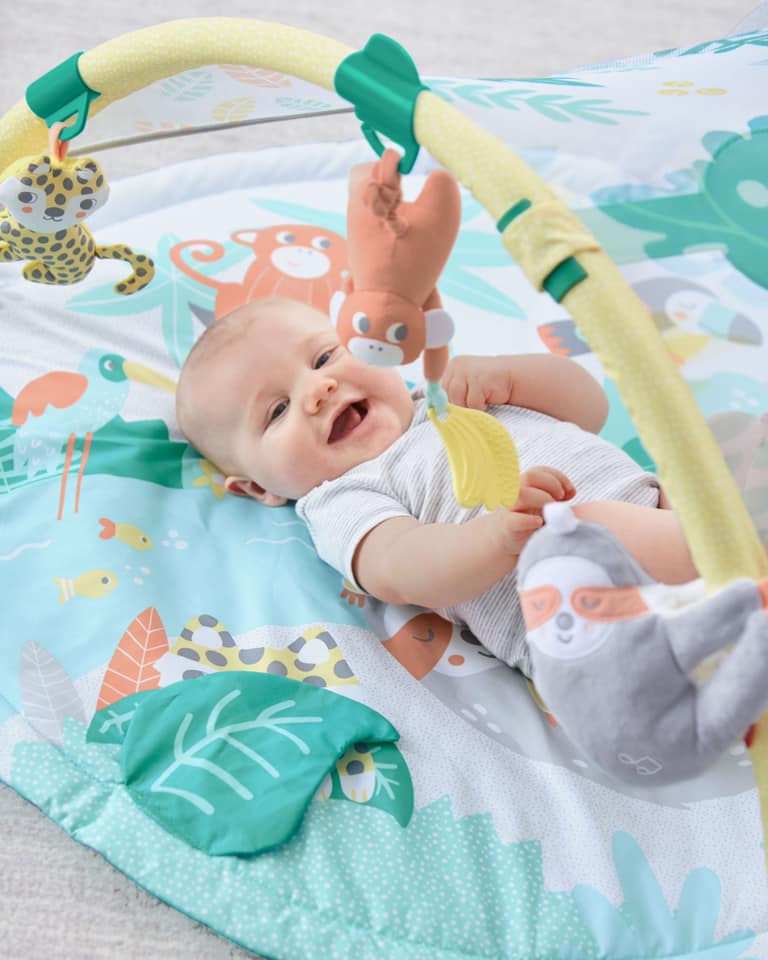
As most babies enter their fourth month, when lying on their stomach, they can raise their head and chest, support their upper body with arms and stretch their legs out and kick. When their feet are on a firm surface, they can also push down on their legs. Additionally, they can open and close their hands, and bring their hands to their mouths. Moreover, they’ll be able to grab and shake hand toys.
Next, they’ll be able to follow a moving object with their eyes, and watch faces closely. They’ll also be able to recognise familiar objects and people from a distance and begin to coordinate their hands and eyes.
At this stage, they’ll also begin to babble and imitate sounds, as well as smile at the sound of their parents’ voices. Additionally, they may enjoy playing with other people, and cry when playing stops.
Learning Aids
For hand toys, try the Skip Hop Explore & More Egg Shaker Baby Toy Trio ($22.41), with three animal egg shakers with unique sounds. These easy-to-hold shakers have bright colours and playful textures and are free of PVC and phthalates. Another option is the Skip Hop Tropical Paradise Sloth Jitter Toy ($22.41), which vibrates and shakes when the teether toy is pulled. This can be used at home or as a stroller attachment.
Seventh Month Developmental Milestones
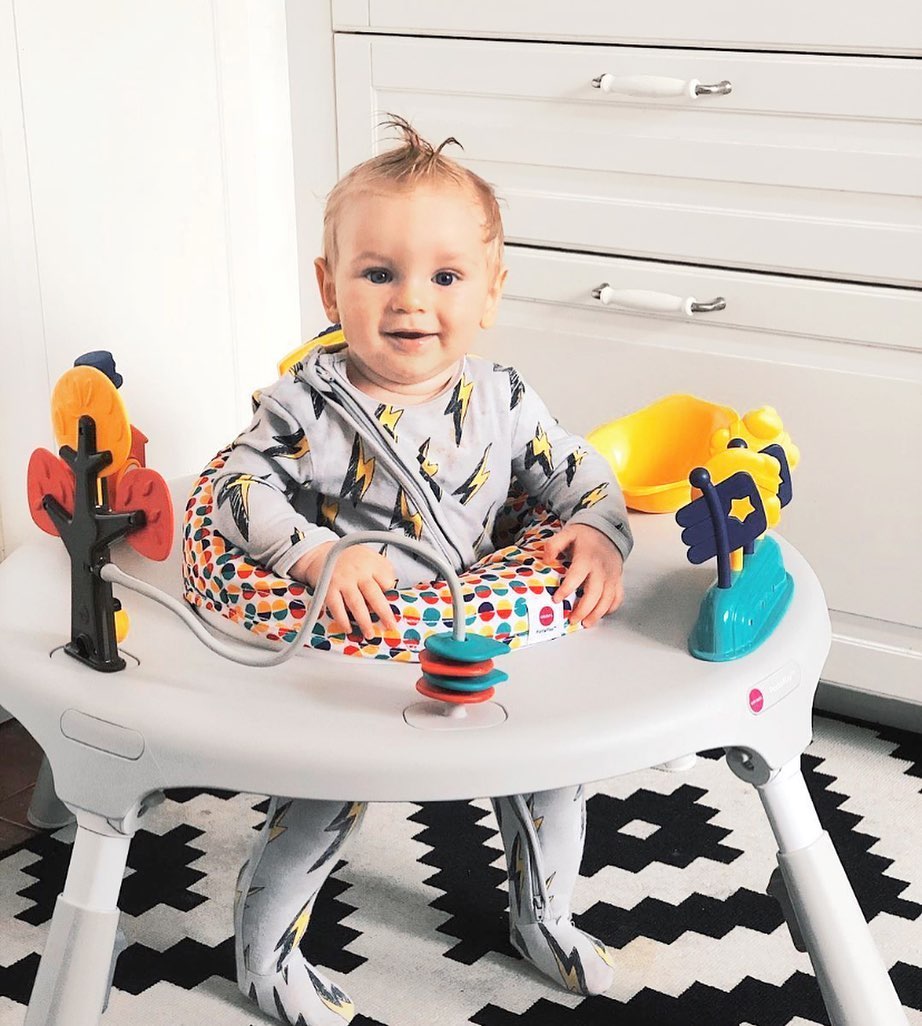
Most babies can roll over both ways, sit up, and support their whole weight on their legs when held upright at the end of their seventh month. Additionally, they can reach for an object with a hand, transfer it from one hand to the other, or struggle to get objects that are out of reach. At this time, they’ll also explore items with hands and mouth. By now, the infants will also develop full-colour and mature distance vision.
Also, they’ll use their voices to express their emotions, respond to their own names, and they can differentiate emotions by the various vocal tones. Your little ones can also babble chains of consonants, have fun playing peekaboo and will express an interest in mirror images.
Learning Aids
Try the Green Toys Baby Toy Starter Set ($45.90), which includes keys, stacking cups and an elephant on wheels. First, the keys comprise four colourful keys and charms, while the six stacking cups can form a tower or be nested for easy storage. Finally, your little one can push the Elephant-on-Wheels with the handle. Other activities include Oribel Portaplay ($159.20) Forest Friends and Wonderland Adventures activity center, with toys to play with when you need your little one to sit still for a precious few moments.
First Year Developmental Milestones
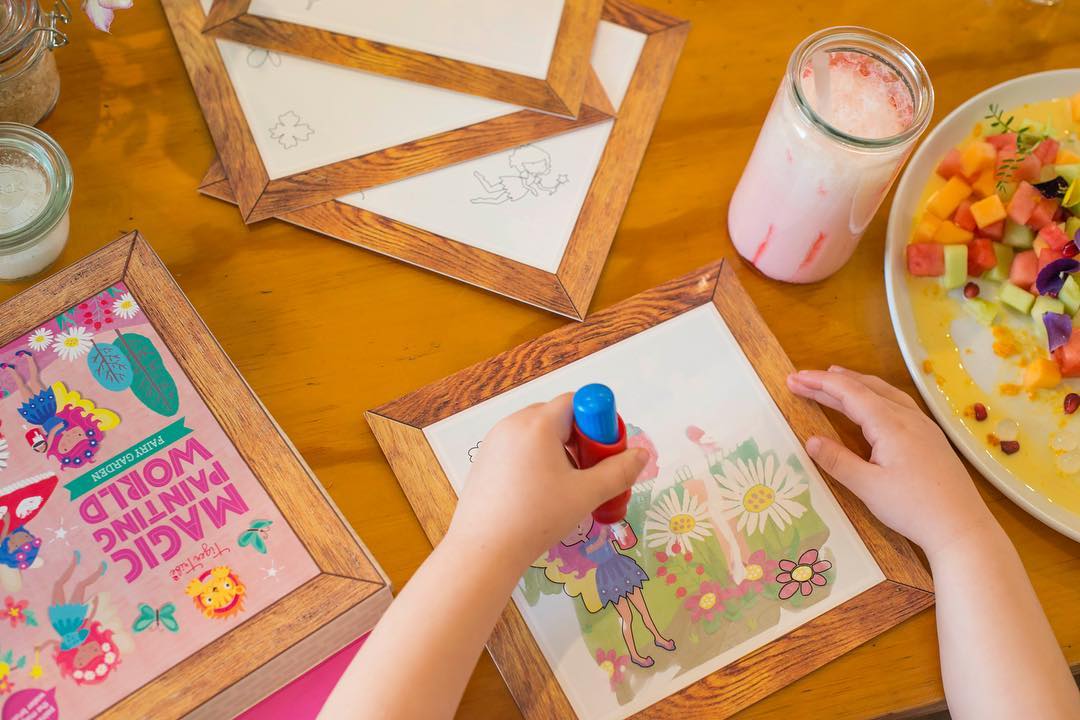
By the time they turn one year old, most babies should be able to sit without help, prop themselves into a hands-and-knees position and they can crawl. They’ll also be able to pull themselves up in a standing position, and then walk holding onto furniture, and even a few steps without aid. Additionally, babies will be able to use their pincer grasp.
Vocally, your little ones will be able to say “dada” and “mama”, use exclamations, start to imitate words, and respond to simple verbal requests with simple gestures. Moreover, they can explore various objects differently, such as shaking, banging, dropping and throwing. Also, they can use items correctly, find hidden objects and the correct image when it’s named.
Learning Aids
If your little one can grasp a paintbrush, he/she can uncover an entire magical world with Tiger Tribe Magic Paint World ($14.90). All he/she needs to do is to fill the brush with water and paint across the whole screen, and colour magically appears. Choose from four themes, such as dinosaurs, oceans, a fairy garden or a day at the palace. Even better, once the scene dries, your infant can re-paint it over and over again. Otherwise, create an auto circuit where several illustrated competitors are racing to the top. The Janod Racing Round Stacking Pyramid ($29.90) contains 10 stackable elements to create an awesome pyramid, while teaching your child to learn how to count to 10. Hence, he/she will be able to develop his/her motor skills and imagination.
Encouraging Learning
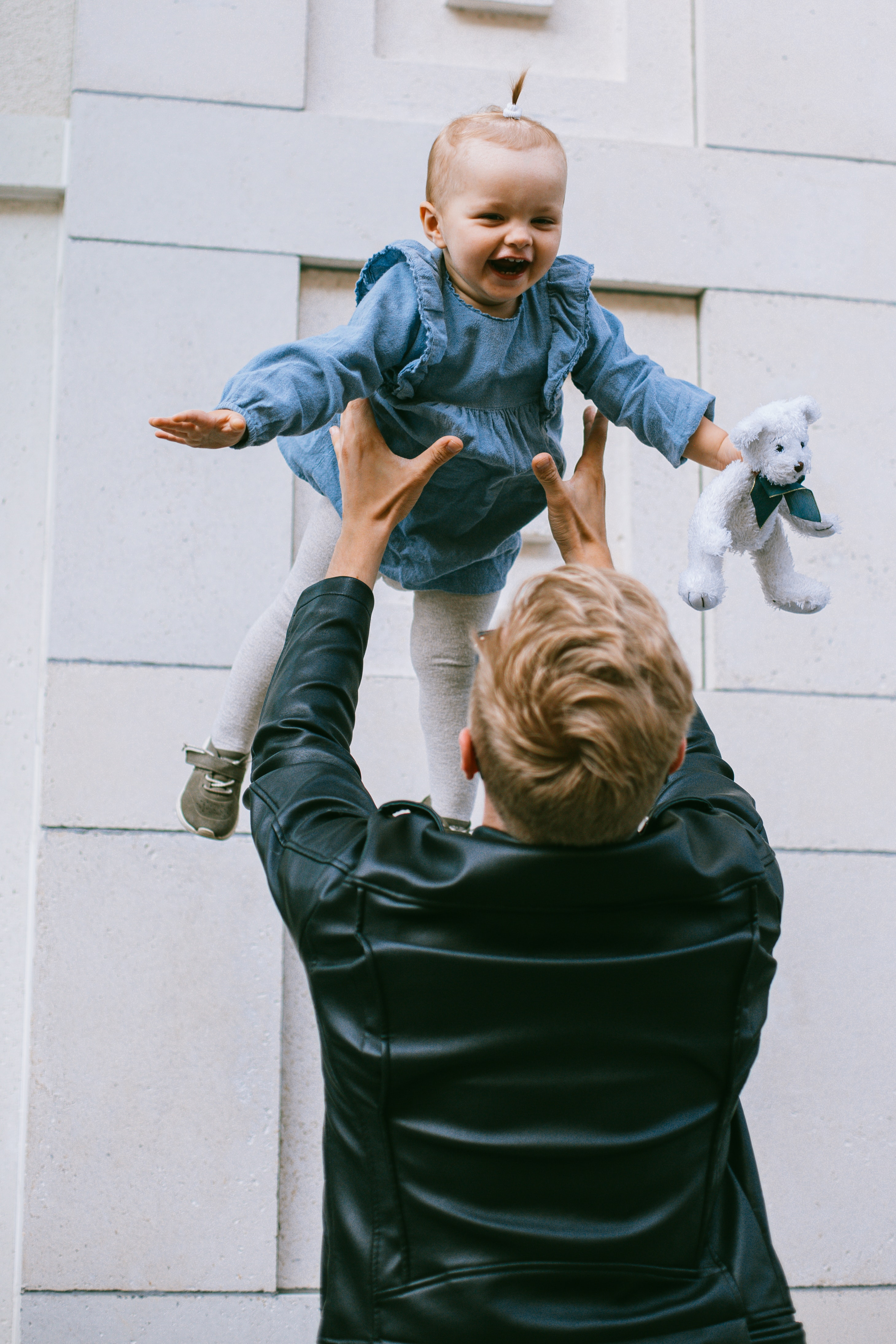
Help your baby develop essential skills by talking to your baby, who will find your voice calming. When he/she makes sounds, repeat the sounds and add words, to help him/her start to use language. Other activities include reading and singing, as well as praising your baby and giving him/her lots of attention. Cuddling and holding your infant helps him/her feel more secure. Next, look out for signs of tiredness or fussiness so your little one can take a break from playing.
Keeping Baby Safe
Of course, his/her safety is paramount, so do look out for anything that he/she shouldn’t touch, swallow or that covers his/her face. Additionally, do not shake your baby, make sure he/she sleeps on his/her back, and protect him/her from secondhand smoke. When in a car, your baby should be in a rear-facing car seat in the back seat. Moreover, ensure he/she gets her vaccines, avoid using screen media aside from video chatting, and enough sleep – about 12 to 16 hours every 24 hours, including naps. Finally, your baby’s welfare also depends on your health, so do make sure to take care of yourself.
Relevant Reads: Newborn Care, Baby Sign Language



